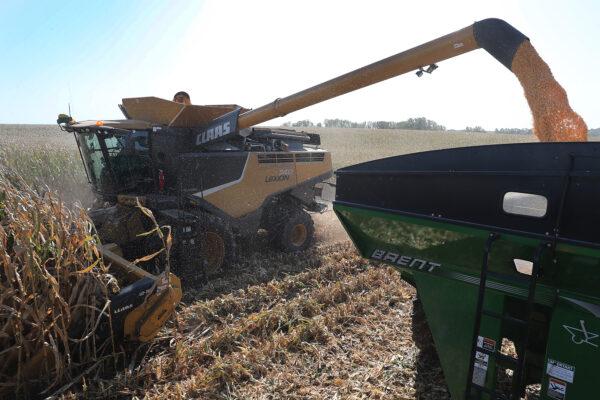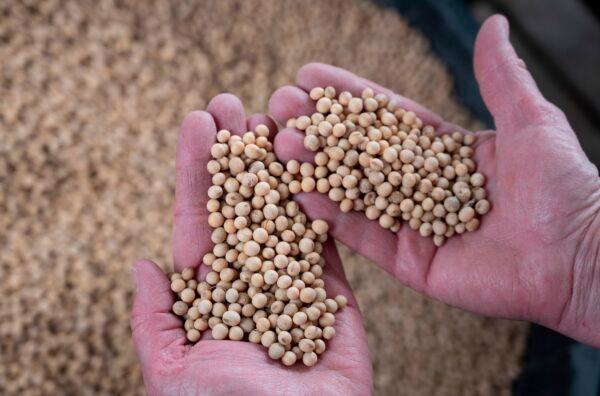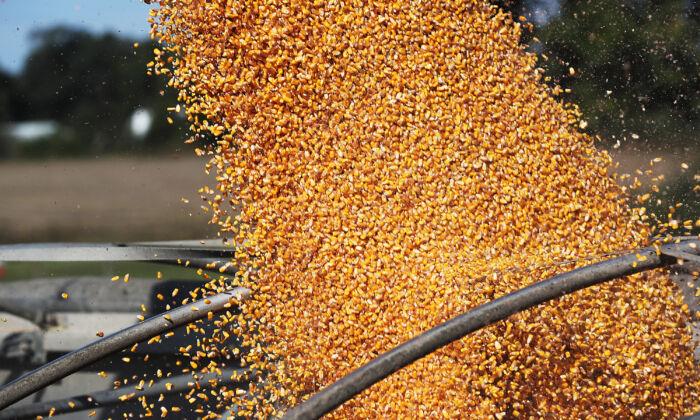China on July 14 booked its biggest single-day U.S. corn purchase on record.
It also bought 129,000 metric tons of soybeans.
Four days prior on July 10, China ordered its second-largest single-day U.S. corn purchase on record, in addition to a large order of U.S. wheat.
Largest Single-Day Order
The U.S. Department of Agriculture (USDA) reported on July 14 that China bought 1.762 million metric tons of corn for shipment in the 2020/21 marketing year that begins on Sept 1.The sale eclipsed the previous single-day record sale to China of 1.45 million metric tons of corn, set in December 1994, according to USDA data.
The deal follows a sale of 1.365 million metric tons of yellow grain—then the largest single-day purchase—to China last Friday.
That day, China bought 765,000 metric tons of corn for shipment in the current marketing year ending on Aug. 31 and 600,000 metric tons for shipment in the following year, according to the USDA.
It also booked 130,000 metric tons of U.S. hard red winter wheat and 190,000 metric tons of U.S. hard red spring wheat.
The USDA did not assign a value to the deals.

Why Buy?
“I think Beijing has two motivations to buy agricultural products from the U.S.,” U.S.-based China affairs commentator Tang Jingyuan told The Epoch Times on July 15.China is likely suffering from a food shortage.
“It can’t be avoided that China will face a food shortage this year,” Tang said. “The Chinese regime has to book grains now.”
Compared with corn and soybeans from South America, U.S. grains are better quality and cheaper, Tang added.
The second reason, Tang noted, is that China wants to improve its relationship with the United States.
Wang said: “China has never intended to challenge or replace the U.S., and it has no intention of confronting the U.S. comprehensively.”
Tang said the series of new policies—such as revoking Chinese military-affiliated graduate students’ visas, sanctioning the Chinese officials who were involved in violating human rights, freezing these officials’ U.S. bank accounts—that the U.S. government released recently scared Beijing authorities.
“The Chinese regime wants to show its compromise by purchasing U.S. agricultural products,” Tang said.







Friends Read Free